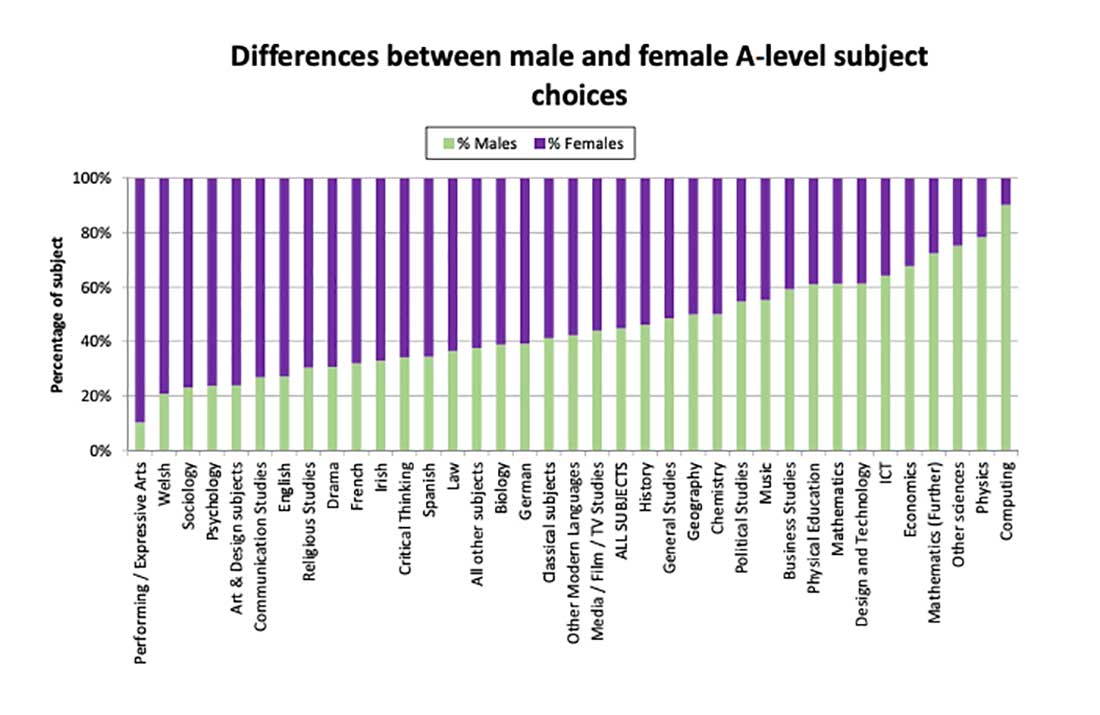I attended the GLA’s Equal Play event a couple of weeks ago. On the one hand, I was excited that the GLA were doing something to address gender equality, launching a pledge for gender action across schools in the capital, as well as an equal play explorer trail , and bringing toy manufacturers and the Advertising Standards Authority into the room, amongst many other education and child psychology professionals, to discuss what gender equality might look like.
On the other hand, I was slightly disappointed that so much of the debate was around what we can do for women and girls. After all, the title of the event was equal play, not girl’s play. In my view, this is about creating an environment, both physical and social, that treats everyone equally, whether male or female. It’s not about giving special preference to girls and sometimes I think that framing it in this way simply magnifies the divides. That’s not to say that there is nothing to say about girls. With regard to physical activity, for example, there is still some way to go in ensuring that girls gain sufficient amounts of physical activity in their daily lives and the statistics clearly show that they are faring worse than boys in this regard. It is known that physical activity levels impact on a multitude of wider health complaints, so this is clearly an important issue. But then boys aren’t doing enough physical activity either, so the issue isn’t only about girls, it’s really about all children. Mental well-being is poorer for girls than boys, but it has been decreasing for both genders . Boys are much less likely to choose to study arts subjects or sociology and psychology at ‘A’ levels than girls. Is this less of a cause for concern, than girls not studying science or engineering? (for example, if more boys chose the arts then less boys would be choosing science, meaning the percentage of girls doing it would then increase).

Writing this blog was driven by a couple of overheard cafe conversations, based on the usual gender stereotyping seen of babies in the UK. The conversations went something like ‘Oh, yes she’s making lots of noises at 10 months. Yes, they do always say that girls talk earlier than boys’ and ‘Oh we’ve been trying to potty train him but it’s a nightmare. I know, boys are meant to be harder than girls.’ The facts that are thrown around about the differences between boys and girls at such early ages are often true. But, as I have learnt, they are really only true because we talk about those facts in the first place. The science shows that there is actually very little difference between male and female brains at birth (see Todd et al, 2017; McCarthy, 2016). It is society that focuses on that difference and exaggerates it until it becomes a reality. And, as anyone who lives in modern society will know, those stereotypes are very hard to avoid.
So how does this relate to my research on children’s use of their neighbourhoods? Many studies on how children get around their neighbourhoods and children’s independent mobility have found some differences between girls and boys and the factors that affect their movements (see Vilanueva et al, 2012). Although the reasons for these differences are not always clear, much of the research appears to point in the direction of parents being more risk averse towards girls than boys and therefore restricting risky behaviours more in girls. What a parent considers risky is determined by its own set of variables, but playing out on the street will often fall into this category. Girls are also more likely to see reductions in physical activity levels if their independent mobility is reduced (see Brussoni et al, 2015). Martha Muchow’s seminal study of the life space of the urban child from the 1930s found that nearly 100 years ago, there was a significant difference between boy’s and girls’ home range – that is the area that they were allowed to venture on their own.
In my own research, the difference between girls and boys will certainly be a factor to consider. How important this becomes partly depends on how obvious any differences are that I find. What I don’t want to do is prompt children to see differences that aren’t already there. I want to keep a focus on creating places that work for everyone equally and try not to exacerbate the inequalities that we know already exist – ‘equal places for equal play’ I guess.